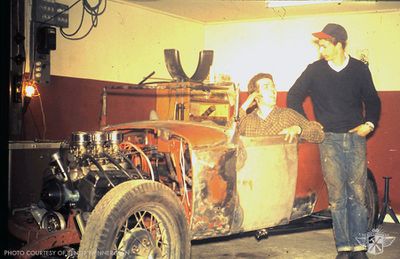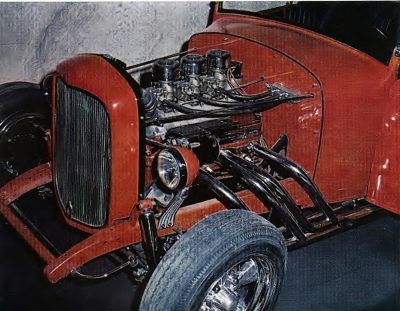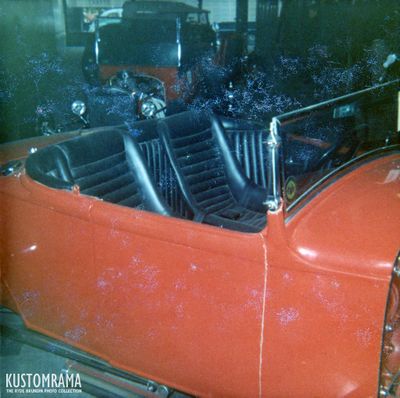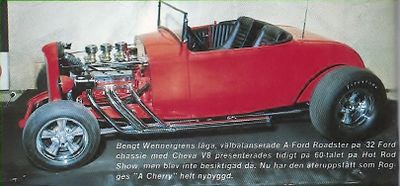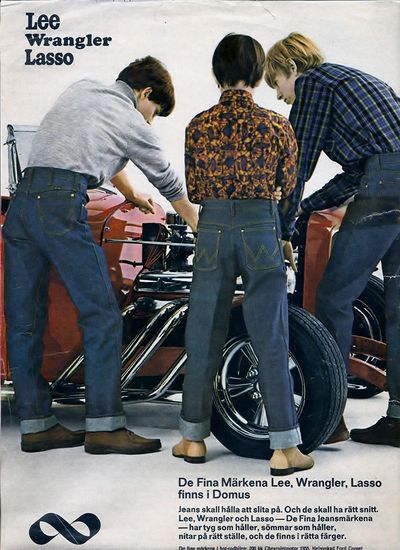Bengt Wennergren's 1931 Ford

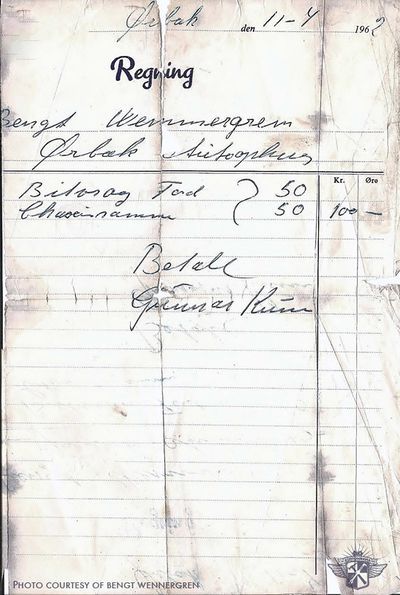
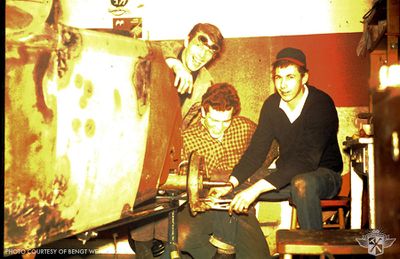
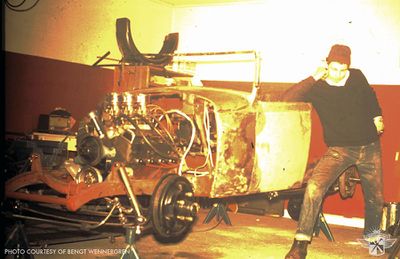
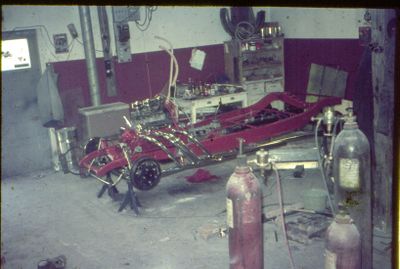
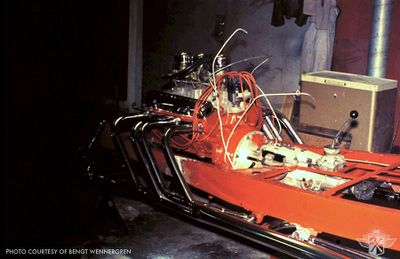
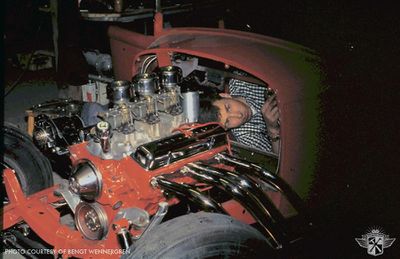
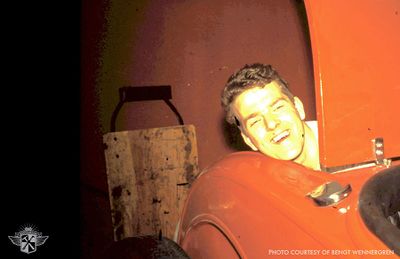
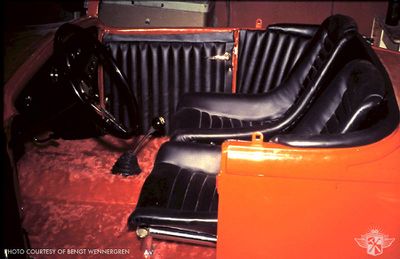


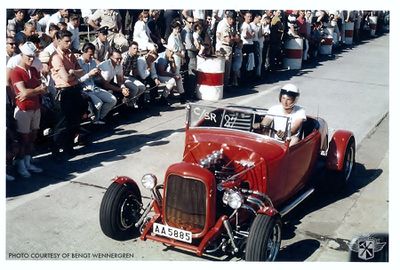

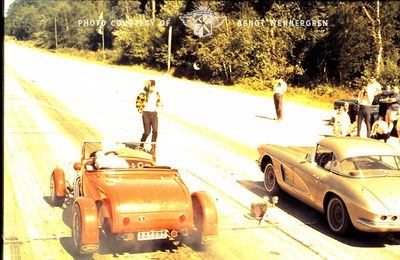







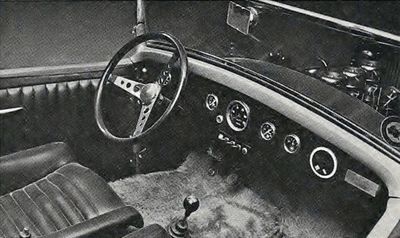


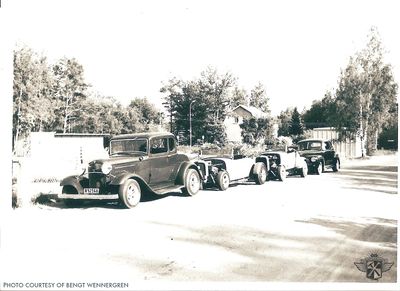
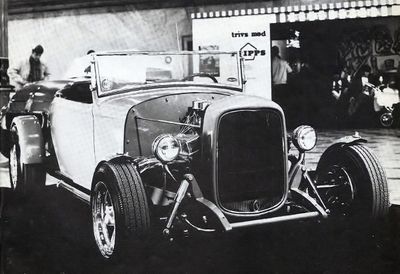

1931 Ford Model A Roadster owned and built by Bengt Wennergren of Enskedefältet in Stockholm, Sweden. Bengt found the old roadster in a junkyard in Denmark in 1962. As Denmark had import restrictions on cars up until the late 1950s, the car park in Denmark was much older then the car park in Sweden. Because of this, Bengt and his buddies Hasse and Kjelle used to go to Denmark when they were looking for projects. During one of those trips, Bengt bought the Model A roadster along with a 1932 Ford Victoria frame. The roadster had been fit with a removable steel-hardtop, a common addition on many Danish cars at the time, and Bengt had to pay 50 Danish kroners for the car. The frame costed Bengt an additional 50 kroners. During the same trip, Bengt, Hasse and Kjelle also bought a 1932 Ford 3-Window Coupe that they dragged back home in addition to the roadster.[1]
The build was started in 1962, and Bengt built the roadster in a barn he had bought with his buddies Rompa, Junken, Trötta Lasse, Richard and Toddan. They had a telephone in the barn, and when they registered their number in the phone-directory they listed themselves as the "Road Knights". They had read a cartoon about a gang of hot rodders that called themselves the Road Knights, so that was were they found the inspiration for the name. Early on in the build, Bengt decided that he wanted to build a fast, functional and comfortable "Street Roadster". He wanted the roadster to sit low, so he channeled the body 6 inches over the frame. In addition to the channeling, a 2 1/2 inch dropped axle brought the car even closer to the ground. During the build, Ove Kasby grew tired of a build he had started, and he sold the 1932 Ford frame for his car to Bengt. Bengt bought it in order to get his hands on the Ford Comet transmission Ove had installed in the frame. Up front, Bengt installed a filled and sectioned 1932 Ford grille shell. He ran the roadster without a hood, and the stock fenders were scrapped and replaced by four motorcycle-type fenders. 1956 Buick taillights were installed in the rear. The body, frame, fenders and firewall were painted red. The power-plant, a 283 V-8, came from a 1955 Chevrolet. The engine was hopped up featuring a Potvin cam, Scintilla mangneto and three Stromberg 97 carburetors. The chromed headers were made by Bengt himself. The exhaust was routed under the car, and Bengt made two lake pipes he could uncap for show on the dragstrip. The transmission, a 4-speed manual from a Ford Comet, was hooked to a 1947 Ford commercial rear end. Bengt bought the transmission and a rolling 1932 Ford chassis from Ove Kasby, who ran BoMac Racing with his brother Bosse. He ran Radir mag wheels on the roadster. 14 inch wheels were installed up front, and 15 inch wheels were installed in the rear.[2] The race car inspired interior featured black leather door sides and kick panels, black leather European GT-chairs, a GT-steering wheel, and long haired red carpets on the floors. Other neat features included a tunneled antenna behind the driver-seat and a fast removable gas cap.[3] Bengt named his street rod the "Lil' Red Roadster". In 1965 or 1966 Bengt was invited to display the roadster at the Osterman Hot Rod Show. Bengt had ordered a chromed windshield-frame for the car from the United States. As this frame didn't arrive in time for the show, Bengt had to fix up and paint the old and rusty frame black. After the show, Bengt prepared the car for its inspection at the vehicle-licensing department. Bengt received 40 remarks from the vehicle-licensing department on the recently completed hot rod. He realized that he would never get his car through the way he wanted it to look, so he took out license plates on a Ford Comete title he had lying around that he used instead. As the Ford Comete was a rare car in Sweden, nobody ever reacted on Bengt's title.[1]
Contents
Drag Race at Ramstein Air Base
The build was completed in 1966, only hours before Bengt and his friend Walle took the roadster on a road trip to Ramstein, Germany. Bengt had read in Hot Rod Magazine that there were drag races being held at the Ramstein Air Base, so he decided to go and check it out. At the air base Bengt met Robert H. Jones. Robert invited Bengt to attend the race, and Bengt and Walle stayed for free at the Air Base for about a week. 90 cars attended the race in Ramstein. Most of the cars ran in the "MP" class, Modified Production. Bengt had the only hot rod, and he was put in the "C" class. As he was alone in the class, he qualified for the Middle Eliminiations. Bengt outran a Corvette in the "Middle Eliminations", and went on to compete against a 1957 Chevrolet with a 327 engine. Even though the Chevrolet had a 10 meter handicap, it turned out to be an easy win for the young Swede. Bengt's e.t. after that race was 15.6 seconds. Six races later, Bengt was still unbeaten, and his e. t. had been improved to 15,3 seconds. In order to win the "Middle Eliminator" competition, Bengt had to beat a Porsche. The Porche's e. t. was 16,8 seconds, so in the race against Bengt is started with a handicap of 20 metres. Bengt wasn't able to take the Porsche, and he crossed the finish line one meter behind it, at 15,1 seconds. After the race, Bengt heard that the Porsche might had been cheating during the qualification run. According to rumors it hadn't been running at full speed, in order to start with a bigger handicap. After a week of fun in Ramstein, Bengt and Walle took the roadster over the alps in order to catch a boat race in Monaco.[4]
Autobahn Break Down
On the way back home from Monaco, Bengt thought the roadster had no problem traveling 200 km a hour on the Autobahn; "It lasted for about 100 kilometers, before it broke down right before the Swedish border. The engine overheated and the valves were bent. We believe it might have been the Scintilla magneto causing the problem," Bengt told Kustomrama in 2016. "Me and Walle were happy with the trip, having 5 weeks without rain. The timing for the break down was not that bad either, as I drove around with license plates from a Ford Comete."[1]
Swedish Drag Racing Club
After attending the drag race in Rammstein, Bengt was bitten by the bug, and back in Sweden he and some friends formed the Swedish Drag Racing Club. The newly established club wanted to host organized drag races in Sweden.[4] One year later, in 1967 Bengt left Sweden for the United States. Over the pond he met Wally Parks, and he got to hang around Tony Nancy learning the sport of dragracing. Instead of going to Vietnam, Bengt decided to move back to Sweden. Back in Sweden he was instrumental in forming the SHRA.[1]
Sold to Pelle Widholm
In 1970 Bengt's roadster was featured in Colorod Nr.1. According to the story, Bengt's roadster was one of the nicest hot rods of Stockholm at the time. Bengt sold the roadster to Pelle Widholm in 1972. At the time it was shown at the Crystal Palace in London.
As Pelle went more into dragracing, he decided to sell his two Hot rods. Both Calle Weman and Rogge Carlsson was interested. Rogge bought the 1931 Roadster and Calle bought the T-23.
One day Rogge contacted Bengt Wennergren, asking if he had any photos of his old hot rod.
Bengt got a bit suprised as he had no clue what happened to his car!
Rogge then had the intention of restoring the old roadster back to its initial version as Bengt built it in the 1960s.
He did a superb job with the car at finished it 1978 as 'A Cherry', with red candy paint and great detailing. It was featured in several magazines.
A flathead engine took place in the frame, a bit funny as it never had that engine before as "Hot rodded".
Rogge drove it a lot for some years until he decided to park it and rebuild it again in 1980. This became unfortunatley a long-term project as the car was apart.
In 1999, Lars-Erik Lindberg, at that time president in SSRA finally bought the car from Rogge, he started to rebuild the car and painted it yellow and purple candy, naming the car "A Plum".
Lars-Erik brought the car to the United States to display it at a show. After the show, he sold the car, and it stayed in the United States.
Later on Bo Bertilsson told Bengt that he had seen his old hot rod at Boyd Coddington's shop in California.[1]
Magazine Features
Start & Speed Nr. 4 1966
Start & Speed Nr. 1 1967
Colorod Nr.1
Nostalgia 2 1998
Gasoline 8/2018
References
Did you enjoy this article?
Kustomrama is an encyclopedia dedicated to preserve, share and protect traditional hot rod and custom car history from all over the world.
- Help us keep history alive. For as little as 2.99 USD a month you can become a monthly supporter. Click here to learn more.
- Subscribe to our free newsletter and receive regular updates and stories from Kustomrama.
- Do you know someone who would enjoy this article? Click here to forward it.
Can you help us make this article better?
Please get in touch with us at mail@kustomrama.com if you have additional information or photos to share about Bengt Wennergren's 1931 Ford.
This article was made possible by:
SunTec Auto Glass - Auto Glass Services on Vintage and Classic Cars
Finding a replacement windshield, back or side glass can be a difficult task when restoring your vintage or custom classic car. It doesn't have to be though now with auto glass specialist companies like www.suntecautoglass.com. They can source OEM or OEM-equivalent glass for older makes/models; which will ensure a proper fit every time. Check them out for more details!
Do you want to see your company here? Click here for more info about how you can advertise your business on Kustomrama.
